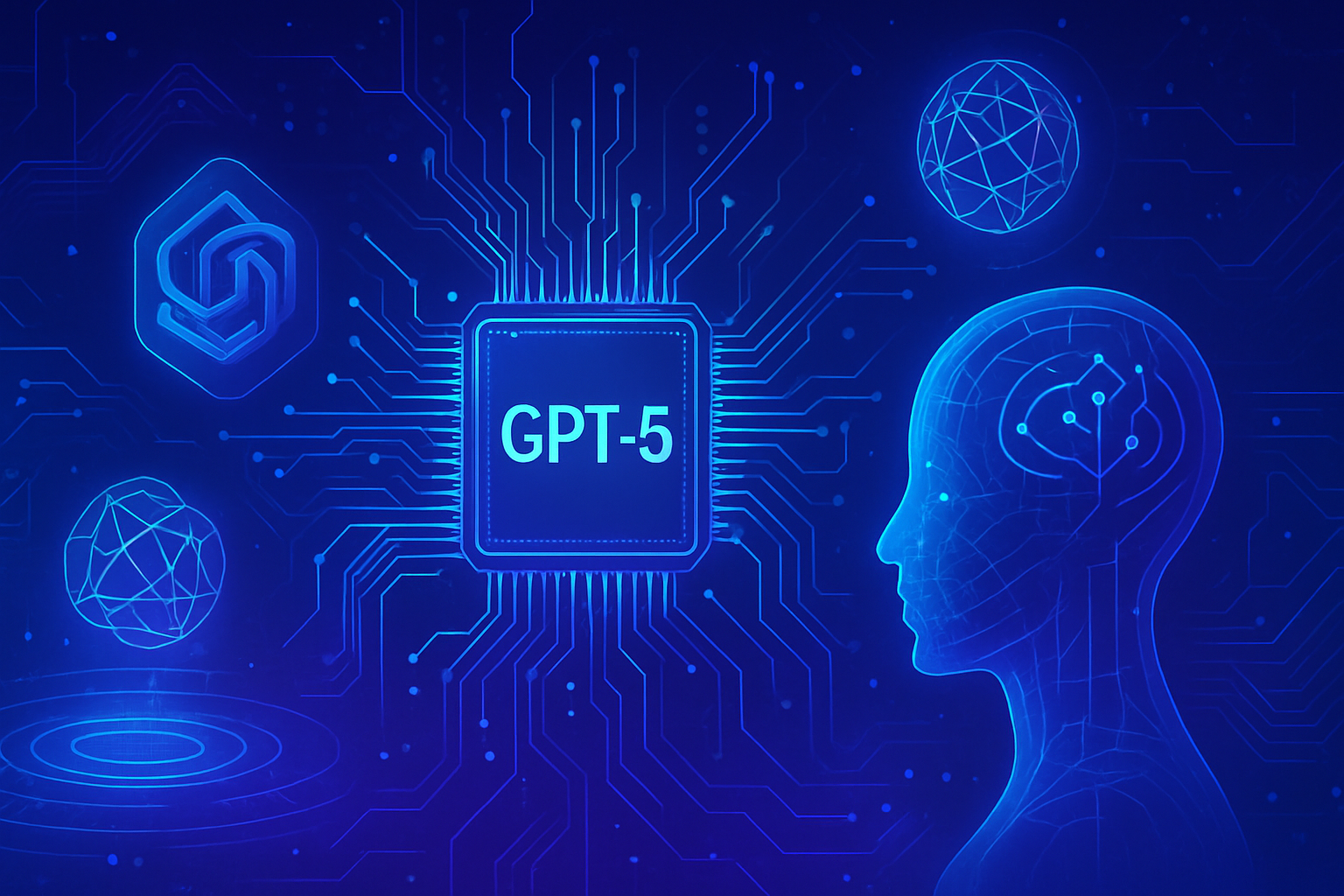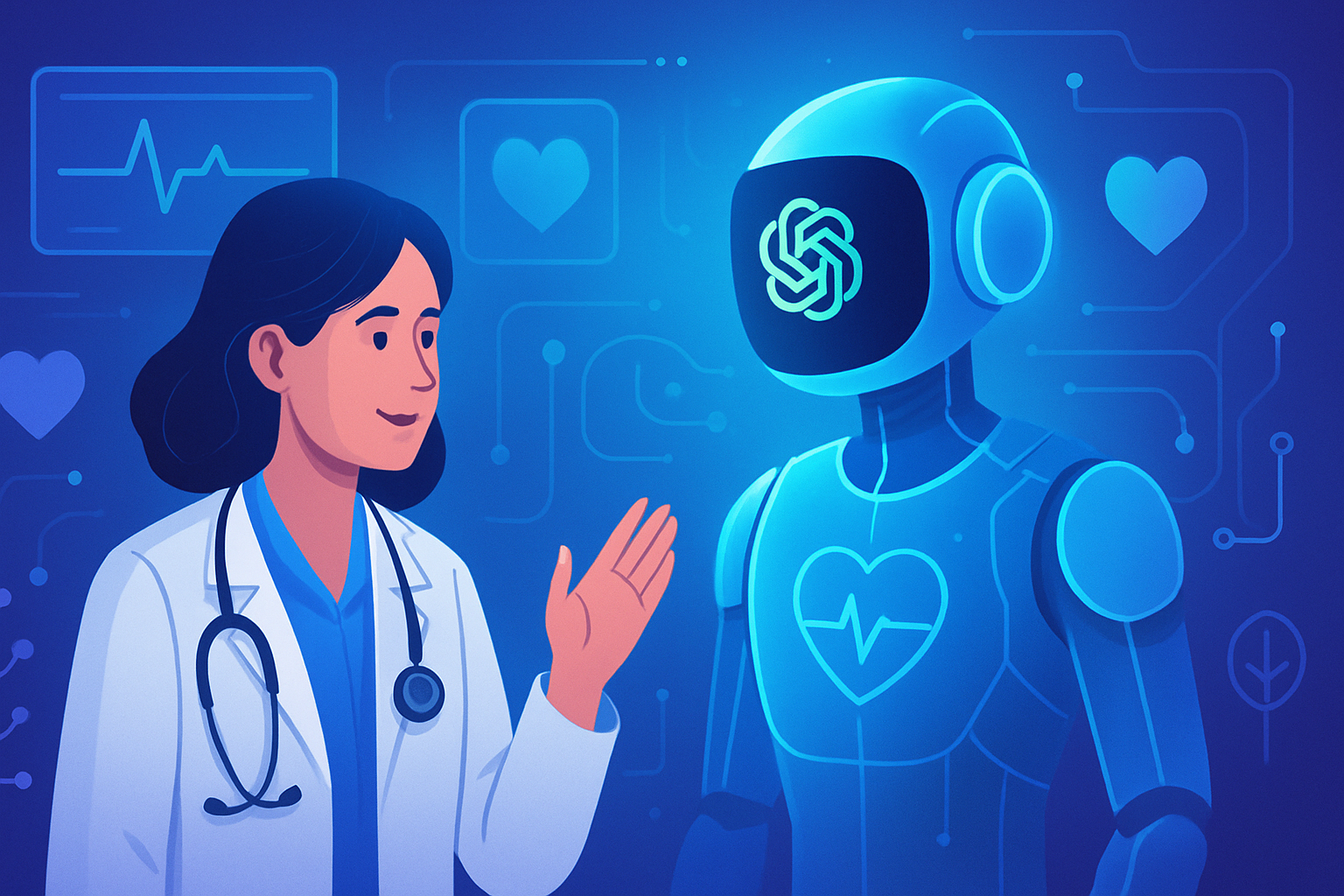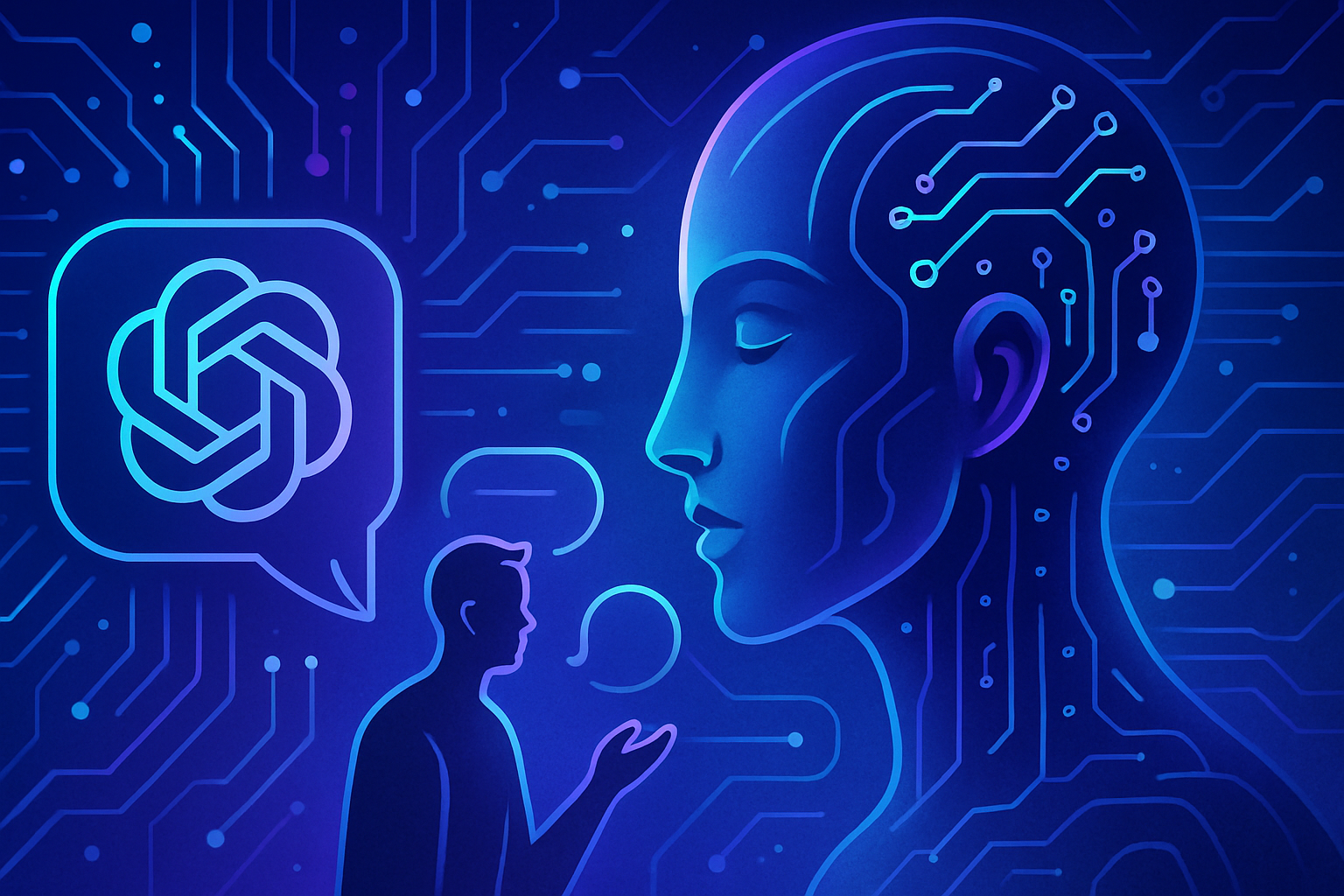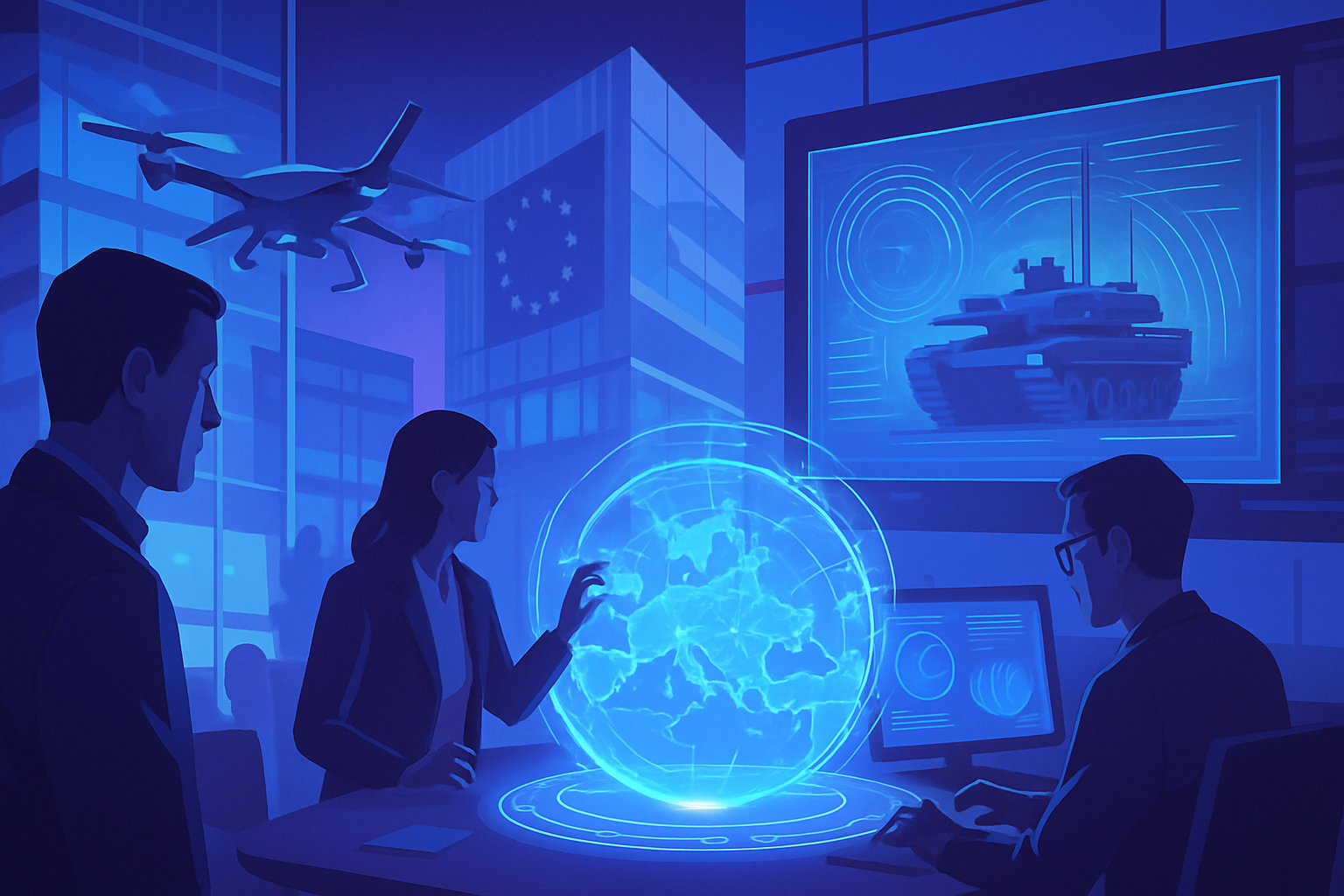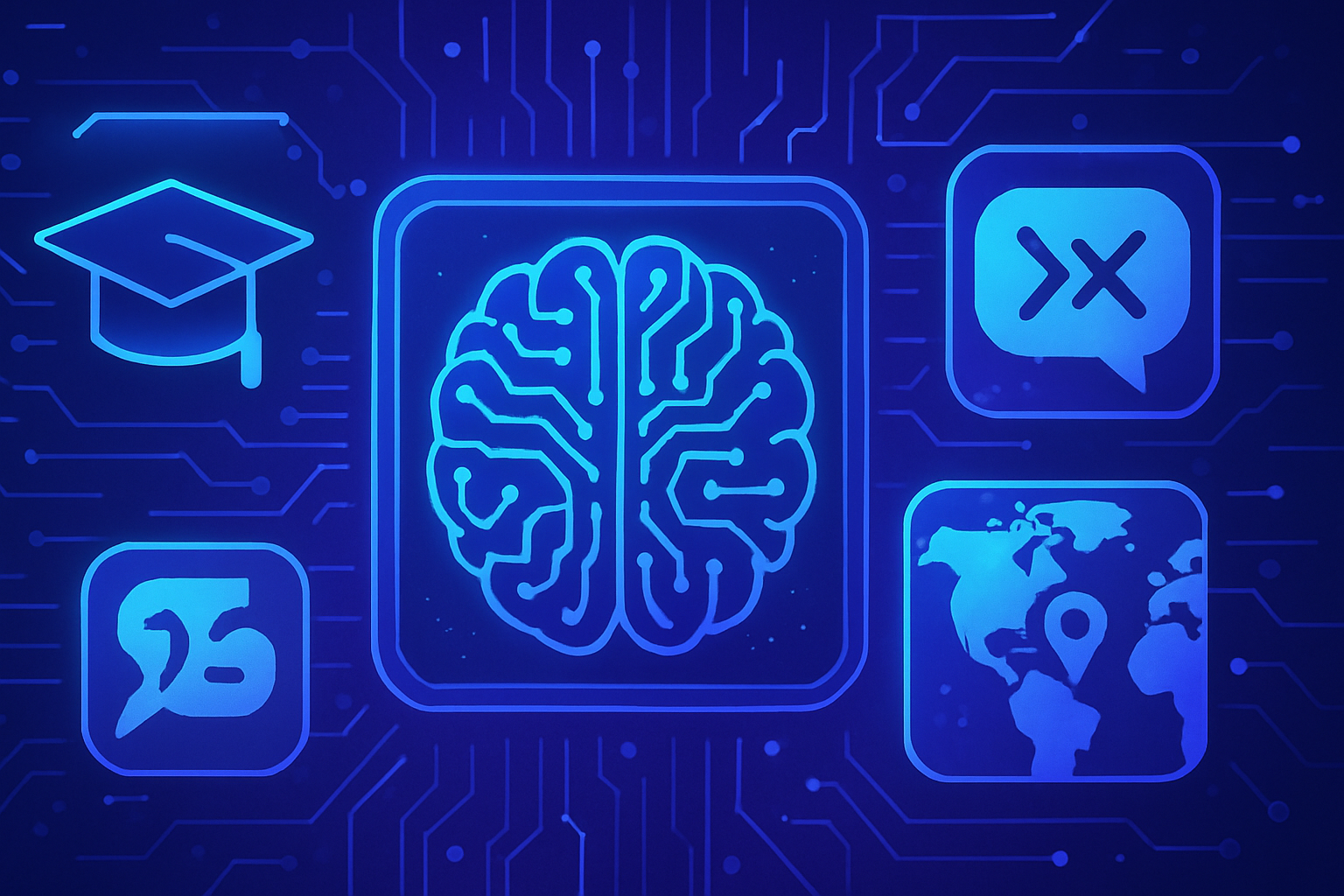Artificial intelligence is infiltrating the professional environment, prompting unsuspected dynamics. Nearly *20% of employees* utilize these technologies without reporting it. This ambiguity, sometimes fascinating and sometimes concerning, reveals the emergence of a *underground AI economy*. The lack of vigilance from employers regarding this practice could pave the way for unforeseen risks.
The stealthy nature of this usage raises questions. What are the true motivations of these employees? Does this undeclared use of AI actually impact productivity, or does it erode trust within teams? The clash of *work traditions* against technological innovation deserves in-depth reflection.
The Silent Use of AI
A recent study conducted on over 11,700 members of Fishbowl, from January 26 to January 30, 2023, highlighted the discreet behaviors of employees regarding artificial intelligence at work. About 20% of employees were found to use AI tools without informing their superiors. This clandestine usage raises questions about the transparency of practices in the workplace.
A Massive Adoption in the Intellectual Field
The research also reveals that 75% of professionals performing intellectual tasks resort to AI in the course of their daily activities. This incorporation of artificial intelligence technologies demonstrates paradigm shifts within office services. The emergence of advanced solutions like ChatGPT in the market facilitates this transition towards generative AI, whose benefits are no longer overlooked by employees.
Skepticism Towards Generated Results
Despite widespread adoption, a significant portion of employees remains skeptical about the reliability of results produced by AI. Only 13% of office workers in France believe these results are entirely trustworthy. This sense of distrust could hinder the integration of AI into more critical tasks requiring a high level of reliability.
Impact on Productivity
The benefits of AI on productivity are manifold. According to the consulting firm Boston Consulting Group, generative AI could allow each employee to save approximately five hours of work per week. This promise of improvement hardly escapes the employees, even those who prefer to keep their use of AI tools secret.
The Issues of Regulation
The rise of AI in professional practices raises regulatory concerns. Discussions are accelerating on the need to establish appropriate regulatory frameworks to ensure the ethical and secure use of these tools. The global race for regulating artificial intelligence is intensifying, as many stakeholders question the future of these innovations in the workplace.
An Affected Employer-Employee Relationship
The discreet use of AI also impacts the trust relationship between employers and employees. One in four employees does not feel secure regarding their employment. This crack in trust could have consequences for talent retention and team engagement.
The Need for an Evolving Company Culture
Companies must consider a proactive approach to the integration of AI. Promoting a company culture that values communication around these technological tools is imperative. The acceptance of AI in daily work can be facilitated by open discussions about its advantages and disadvantages, thereby mitigating the distrust felt by employees.
Future Prospects
The future of artificial intelligence in the office seems promising, but it requires rapid adaptation from the relevant actors. Alongside the rise of AI, profound reflections on the ethics of its use are emerging. Industry players must address concerns while capitalizing on the benefits these new technologies offer.
Frequently Asked Questions about the Discreet Use of AI in the Office
What types of artificial intelligence tools are used by employees in the office?
Employees use various artificial intelligence tools, such as virtual assistants, content generators, data analysis tools, and task automation software.
Why don’t employees declare their use of AI at work?
Reluctance to disclose the use of AI may be due to various reasons, such as fear of surveillance, lack of clear employer guidelines, or a desire to maintain professional autonomy.
What is the impact of using AI on employee productivity?
The integration of AI tools can significantly enhance productivity by automating repetitive tasks, allowing employees to focus on higher value-added missions.
Are there risks associated with using AI without informing the employer?
Yes, undeclared use of AI can lead to data security issues, violations of internal policies, and conflicts of interest, not to mention potential legal liability.
How can employers promote transparent use of AI?
Employers can create a trustful environment by establishing clear policies on the use of AI, providing training, and raising employee awareness about the associated benefits and risks.
What proportion of employees regularly use AI at work according to studies?
Recent studies show that approximately 43% of professionals regularly use AI tools in their work, while 20% do so discreetly.
What are the benefits of generative AI for employees?
Generative AI can offer substantial efficiency gains, allowing employees to quickly generate content, analyze complex data, and automate decision-making processes.
Should employers fear the use of AI by their employees?
Rather than fearing its use, employers should seek to understand how AI can be a beneficial tool and broaden their perspective on innovation, while establishing appropriate controls.
How does AI influence company culture?
The use of AI can alter company culture by promoting innovation and agility, but it can also generate concerns about surveillance and the loss of humanity in professional relationships.
Which jobs are most affected by the increase of AI in the office?
Jobs requiring repetitive or analytical tasks, such as those in administrative roles, marketing, and human resources, are particularly impacted by the rise of AI in the office.


